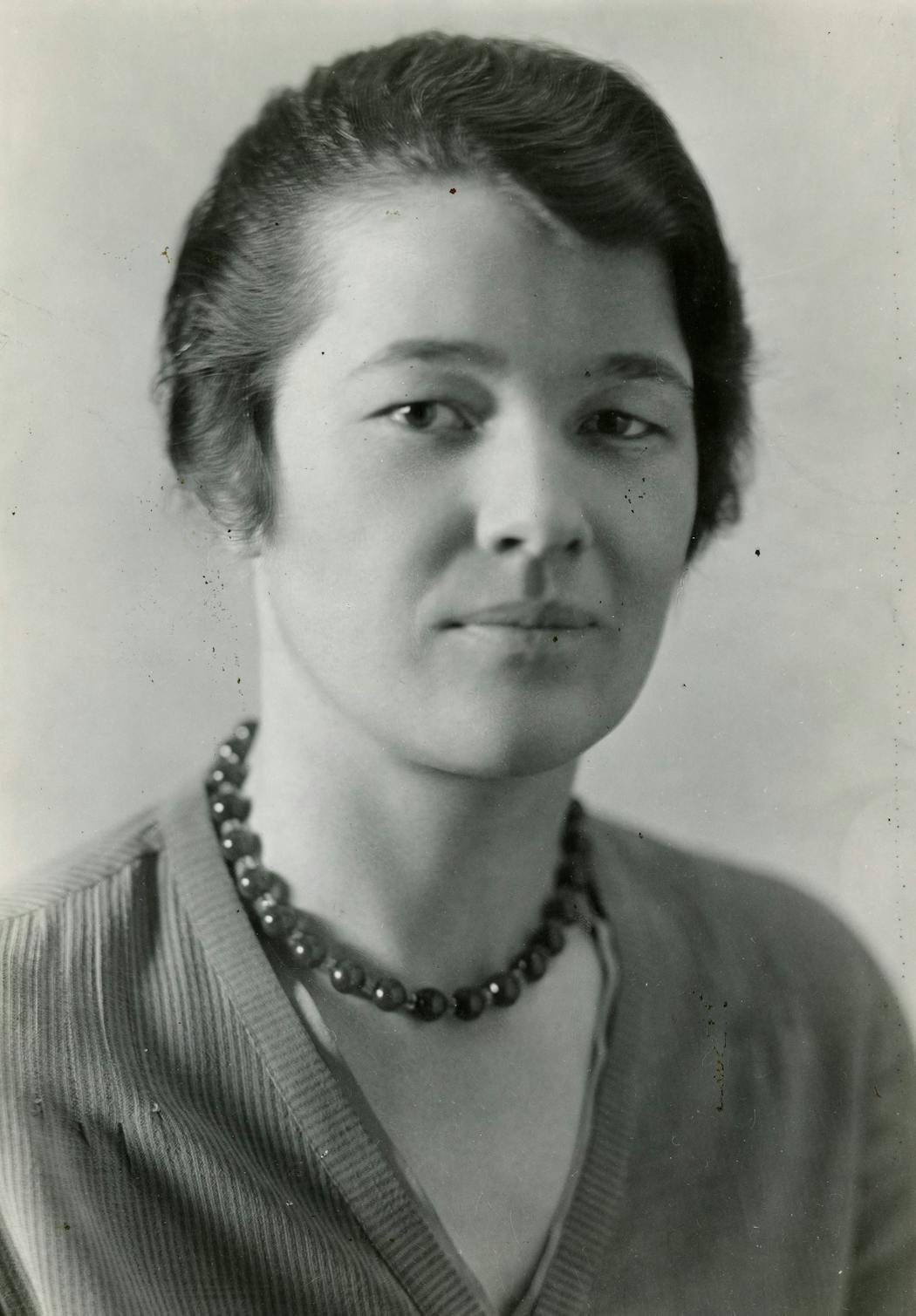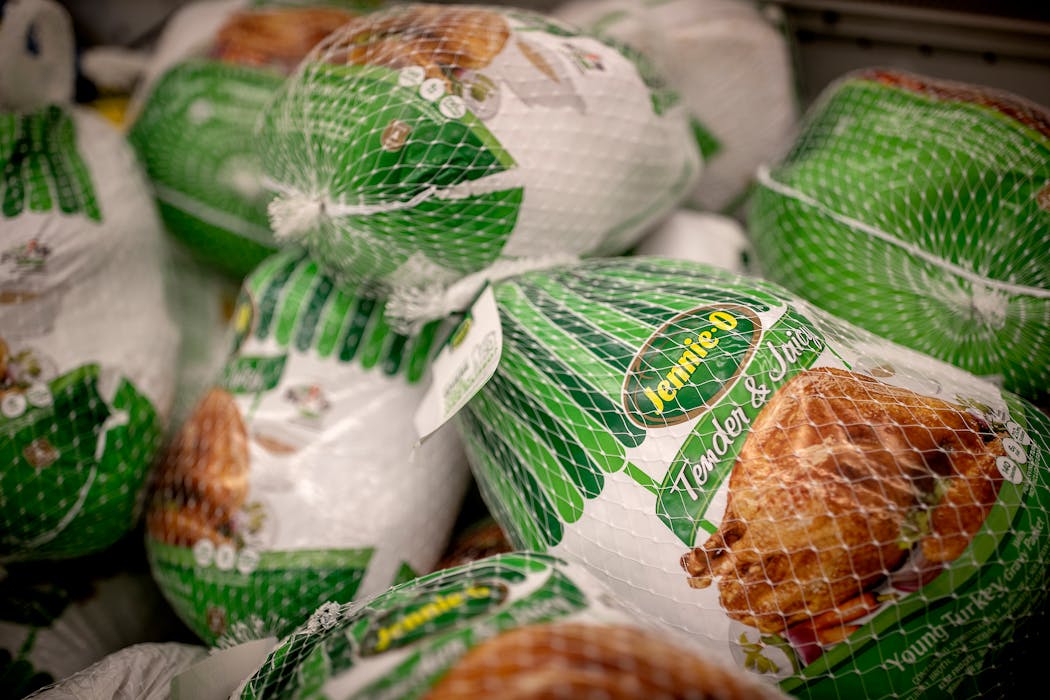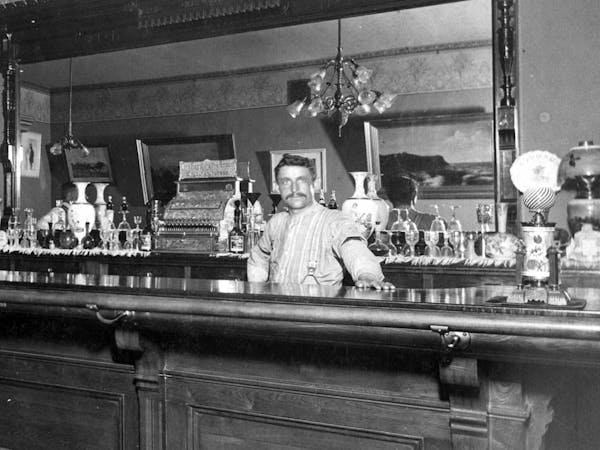How did Minnesota become the nation's top turkey state?
Listen and subscribe to our podcast: Apple Podcasts | Spotify
Minnesota is a turkey powerhouse.
Minnesota has been a national leader in the production of this flightless bird since the late 1950s, ranking No. 1 among states for the last two decades. Today, one in five turkeys grown commercially in America hail from Minnesota, which produced about 37 million birds last year.
So this Thanksgiving, there is a good chance the turkey on your plate (if you're a traditionalist) was raised on one of Minnesota's more than 650 turkey farms. Two special birds from Jennie-O in Willmar will even receive official Thanksgiving pardons at the White House this year.
Wild turkeys are so plentiful in Minnesota today that they occasionally stop traffic in city streets. But Minnesota is actually not an ideal place to grow the nation's dinner bird.
Baby turkeys (poults) prefer temperatures in the 90s. And the state's location on the Mississippi Flyway — one of the continent's bird superhighways — means commercial flocks can be exposed to diseases from wild birds, often through contaminated feed, equipment or even farmer clothing.
So how did Minnesota nab the top spot in turkey growing? Reader Randy LaFoy wrote to Curious Minnesota, the Star Tribune's reporting project fueled by reader questions, asking why Minnesota produces so many turkeys each year.
The state's access to copious amounts of grain in the U.S. breadbasket contributed to the turkey industry's success. But turkey farming grew popular here in large part due to the legwork of a culinary-minded University of Minnesota Extension veterinarian named William "Doc" Billings and some intrepid farm wives who helped eliminate a disease that had once limited the size of turkey flocks.
Solving a turkey dilemma
A century ago, Minnesota's turkey industry was in shambles.
Birds kept dying. A nasty liver inflammation known as blackhead killed up to 75% of turkey flocks, which were raised outdoors, often alongside chickens. And women on the farm, who typically raised the birds for extra income, were at their wits' end with the gobblers.
The bird business was not big, and no one really knew how to grow the birds in captivity.
"The whole field of turkey husbandry is crowded with superstitious beliefs about turkeys," Billings said in a 1929 Minneapolis Tribune article about turkeys, which described the animals as a "stately and toothsome bird of the pheasant family."
From incubating eggs to feeding the birds, farmers were guessing. Many farmers thought domesticated turkeys should find their own food on the farm, the Tribune reported.
"Garbage may be all right for hogs, but it won't raise turkeys," Billings said.
Fortunately, Minnesota farmers had an advantage: the University of Minnesota's Extension, which ferried the best ideas from the public university to the state's farmers.
Leading the poultry outreach efforts was Ivy League-trained expert Cora Cooke, who was hired by the U's Extension in 1921 to travel the state helping the farm wives with turkey tips. Cooke's initial message to the women was to practice "culling" — slaughtering hens that didn't lay enough eggs — to improve the overall breeding capability of the flock, according to a 1999 history of the U's ag outreach agency authored by former Extension director Roland Abraham.
This method helped boost the number of birds. But the blackhead disease still spread among flocks. The solution for this would come from Billings, the veterinarian.
Billings knew that a researcher at Rhode Island University at the turn of the century had discovered that blackhead disease — histomoniasis — spread commonly in comingled flocks. While chickens mostly shrugged off the disease, it was fatal in turkeys.
The Rhode Island research had "languished" on the shelf, according to Abraham's history. But Billings dusted it off and coaxed a few farms in western Minnesota to separate the chickens and turkeys.
The turnaround was almost instantaneous. Soon, word spread about the miracle cure in husbandry. Billings had other ideas, too.
First, he urged the growers to artificially incubate the birds. Next, he said, keep the birds in a confined space while brooding. The Minnesota bird industry boomed.
Minnesota farmers listed 450,000 animals under "other poultry" in the 1920 Agricultural Census. By 1929, the state boasted 1.4 million commercial birds, according to U.S. Department of Agriculture records. A decade later, the North Star state raised just shy of 3 million turkeys.
How turkeys became big business
The new husbandry advice disseminated by Extension and other farmers meant raising turkeys was now a profitable way to diversify a grain farm.
In 1940, Earl B. Olson raised his first turkeys on a farm in western Minnesota. By the decade's end, he bought a processing plant in Willmar. That plant would be named for his daughter: Jennifer.
Soon, the company called Jennie-O became a national leader in turkey production.
"The success of Earl B. Olson brought a lot of competition," said Steve Lykken, president of Jennie-O Turkey Store, which is a subsidiary of Austin-based Hormel. "He wasn't just selling turkeys here. He was shipping turkeys to the meatpacking district in Chicago."
To boost farmer morale in a tough year, Lykken said, the turkey godfather would drive a brand new Cadillac around the countryside to show farmers what might be accomplished with a little pluck.
"I think 'contagion' is the right word to describe his success," Lykken said.
Minnesota first ranked No. 1 for turkey production in 1959, returning to the top spot between 1968 and 1980. The state's closest competitor is North Carolina, which led all states from the 1980s until Minnesota pulled ahead in the 21st century.
Willmar is the epicenter of Minnesota's turkey industry. The nation's largest turkey hatchery — Select Genetics — is headquartered there. It is also home to the corporate offices of Jennie-O, which employs over 5,000 people and distributes turkey products in more than 40 countries.
Today's system for turkey production is highly controlled, from the farm to the processor, sometimes called vertical integration. Most birds raised in Minnesota are contracted for slaughter with Jennie-O, Northern Pride in Thief River Falls or Turkey Valley Farms in Marshall.
The free-range-raising Ferndale Market out of Cannon Falls is also a popular option, especially in cooperatives and grocery stores across the Twin Cities.
In keeping with its historical roots, the industry boasts a number of women at the forefront, especially as they've navigated the last couple years of avian influenza.
Ashley Kohls said when she became president of the Minnesota Turkey Growers Association last year, she was impressed with the noteworthy roles women held across the industry.
"All the prominent [turkey veterinarians] are women, as well," Kohls said.
Reinventing stuffing
Upon retirement in 1956, the tart-tongued Billings turned his sights from turkey health to an even thornier Thanksgiving debate: the fight over the proper "stuffing."
Billings opined that even under the able hands of a chef, stuffing — the holiday staple cooked inside the bird — was too often a "dark, sticky, soggy mess that lays like a ton of bricks in your stomach." He blamed cooks for depositing "everything but the kitchen sink" into the bird's cavity.
Instead, Billings endorsed his own dressing — prepped first in a pan — as the preeminent dinner-table companion to the turkey. He even invited the public to contact the University Farm in St. Paul for his own pretty basic recipe.
The ingredients? White bread (cubed), chopped onion, butter, with salt and sage to taste.
Staff writer Brooks Johnson contributed to this story.
If you'd like to submit a Curious Minnesota question, fill out the form below:
Read more Curious Minnesota stories:
Why doesn't Minnesota's governor pardon the ceremonial turkey?
Why do wild turkeys seem to thrive in the Twin Cities?
Is Minnesota really one of the nation's top sugar producers?
What are Minnesota's most exported products?
Are more wild animals moving into Minnesota's cities?
Were grizzly bears ever indigenous to Minnesota?







